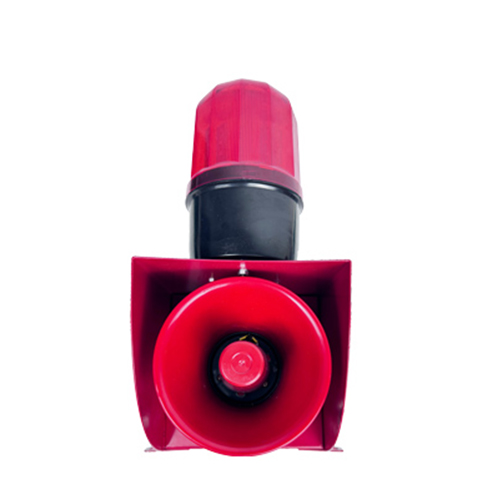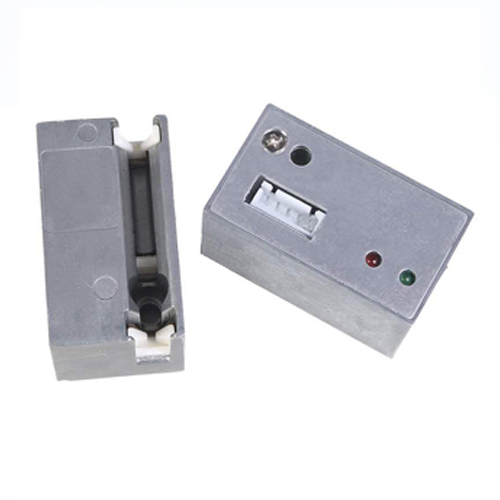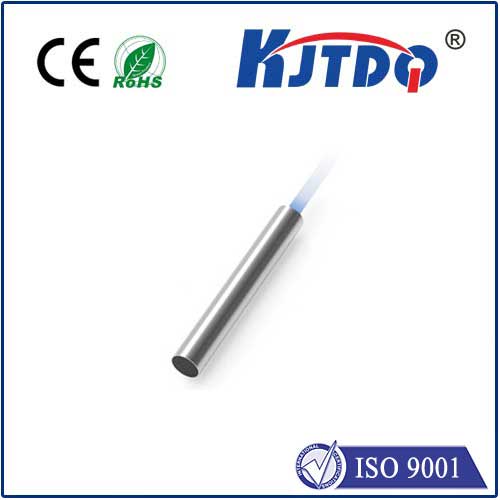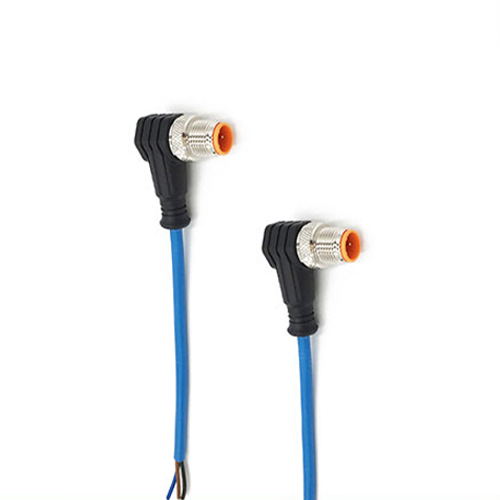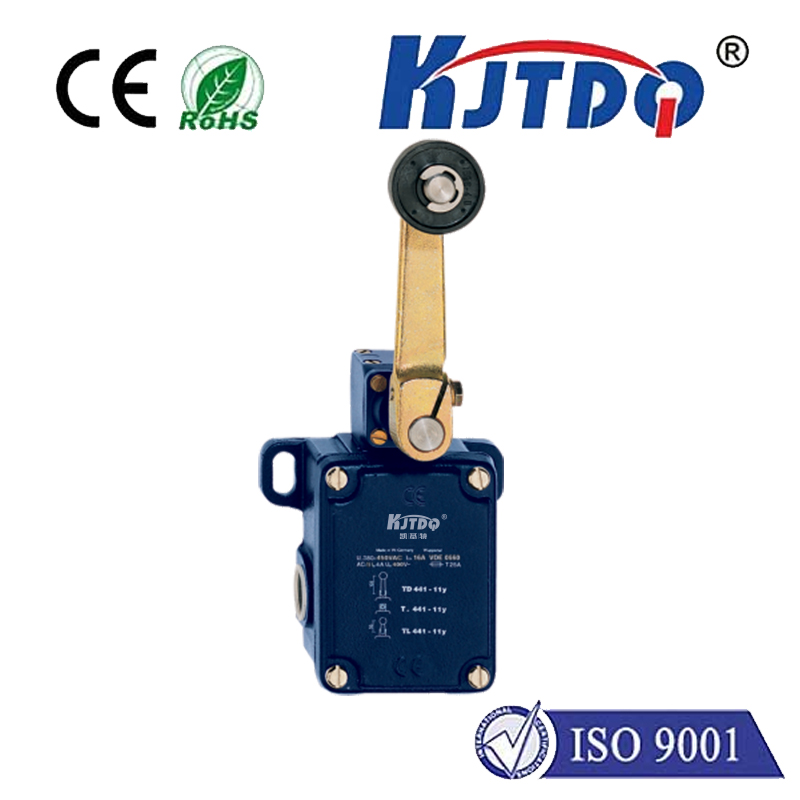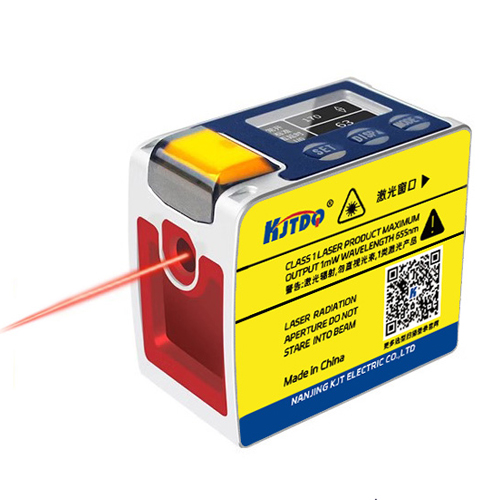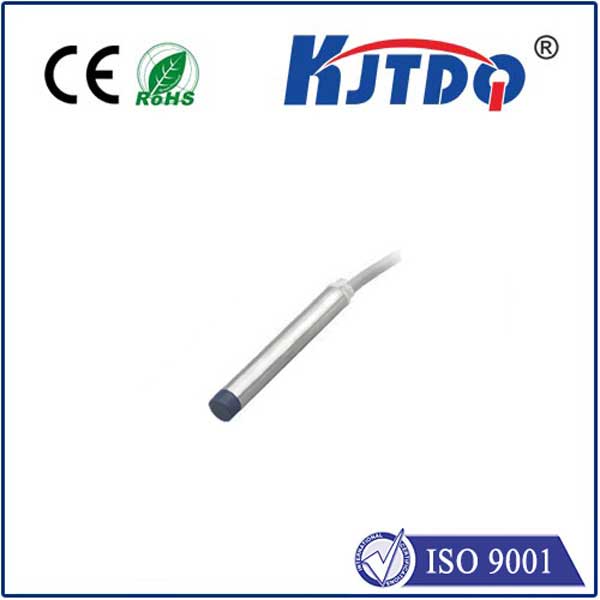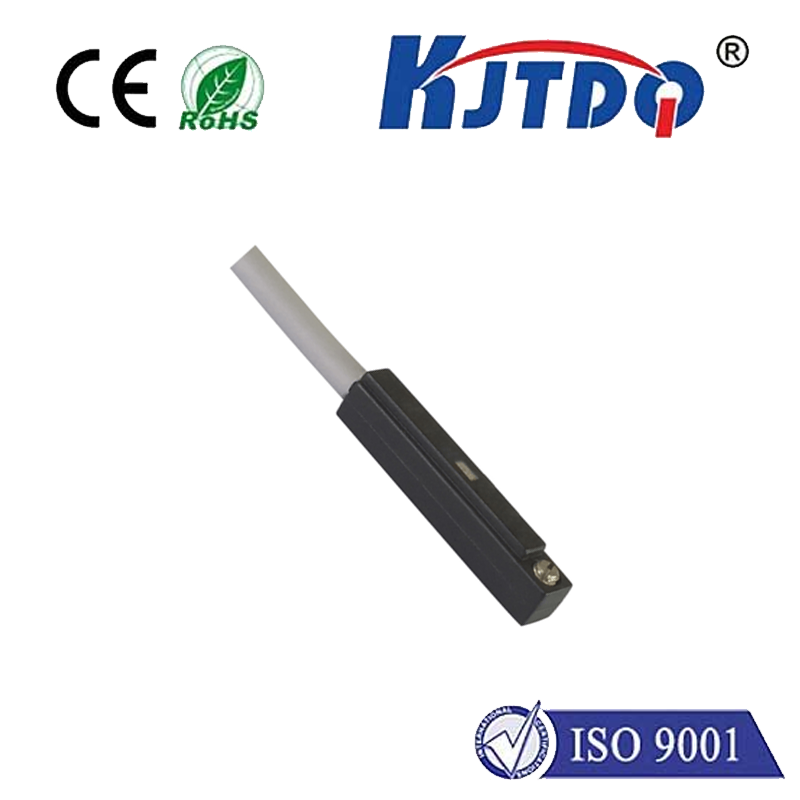ограничительный переключатель
- time:2025-08-02 03:31:56
- Нажмите:0
The Unsung Sentinel: Demystifying the Essential Role of Limit Switches
Imagine the precise stopping point of an industrial robot arm, the safe upper height of an elevator, or the automatic reversal of a garage door when it hits the floor. What invisible guardian ensures these critical movements halt exactly where they should, preventing damage, ensuring safety, and enabling automation? The answer often lies in a remarkably simple yet profoundly reliable device: the limit switch.
Far more than just a basic switch, a limit switch is a fundamental electromechanical device designed to detect the presence, absence, or specific position of an object. It acts as a critical sensor within countless machines and automated systems, converting physical motion into an electrical signal. This signal acts as a definitive command: “Move no further!” or “Start the next sequence!” For engineers and technicians in industrial automation, understanding limit switches is foundational knowledge.
How Does This Mechanical Sentinel Work?
At its core, a limit switch operates on straightforward electromechanical principles. It typically consists of:
- Actuator Head: This is the physical interface the target object contacts. Common types include:
- Roller lever actuators: Ideal for detecting moving parts like cams or machine beds.
- Plunger actuators: Suited for direct linear contact.
- Flexible rod or whisker actuators: Detect very light forces or objects moving in varied directions.
- Roding lever actuators: Offer extended reach and can handle high forces.
- Housing: A robust enclosure protects the internal mechanism from environmental hazards like dust, moisture, oil, and mechanical impact. Protection ratings like МП65 or МП67 are common benchmarks.
- Mechanism & Contacts: Inside, the actuator’s movement triggers an internal mechanism (often a spring-loaded snap-action for reliability) that rapidly opens or closes electrical contacts. Crucially, limit switches feature both:
- Normally Open (NO) Contacts: Close when the actuator is triggered.
- Normally Closed (NC) Contacts: Open when the actuator is triggered.
- (Commonly abbreviated as SPDT - Single Pole, Double Throw) This configuration provides maximum flexibility for control logic. The abrupt change in contact state, known as positive operation, ensures a decisive signal crucial for safety and control.
- Electrical Terminals: These connect the switch contacts to the machine’s control circuit, usually a Programmable Logic Controller (PLC).
The Workhorse in Action: Where Limit Swines Reign Supreme

Limit switches are ubiquitous because they offer advantages uniquely suited to demanding environments:
- Position Sensing & End-of-Travel Control: This is their primary function. They define physical boundaries for linear or rotary motion. Examples:
- Stopping a milling machine table at its programmed limit.
- Controlling the extension and retraction of hydraulic cylinders.
- Halting an automatic door when fully open or closed.
- Signaling a conveyor belt when a pallet reaches the end.
- Sequencing Control: Detecting the position of one component allows the system to safely initiate the next action. For instance, confirming a safety guard is closed before starting a press cycle.
- Counting: Mechanically actuating a switch can count objects or repetitions (e.g., counting bottles on a filling line).
- Over-Travel Safety: Acting as a crucial backup, they prevent catastrophic failure if the primary positioning system fails.
- Presence/Absence Detection: Confirming if a part is loaded in a fixture or a gate is closed.
Why Choose a Mechanical Switch in a Digital Age?
In an era dominated by sophisticated proximity sensors and vision systems, why does the humble mechanical switch remain indispensable? The answer lies in its inherent advantages:
- Rugged Reliability: They can withstand harsh environments – including shock, vibration, temperature extremes, dust, moisture, and EMI/RFI interference – where delicate sensors might fail. Their physical nature makes them inherently robust.
- High Current Capacity: Unlike many electronic sensors, limit switches can often switch significant power loads (motors, solenoids, lights) directly without needing an interposing relay, simplifying wiring.
- Physical Confirmation: Positive operation provides tactile and audible feedback to operators or maintenance personnel – you can feel and often hear the switch actuation.
- Cost-Effectiveness: Generally, they are less expensive than complex non-contact sensors.
- Simplicity & Ease of Use: Their operation is easy to understand, install, and troubleshoot. The clear state change (open/closed) is straightforward for control logic.
- Direct Object Contact: While a potential drawback for some applications, contact detection provides absolute certainty and is often required for safety-critical interlocks.
Variations on a Theme: Beyond Basic Mechanical
While the classic mechanical ограничительный переключатель dominates, variations exist:
- Precision Limit Switches: For applications demanding extremely tight positional accuracy.
- Heavy-Duty Limit Switches: Engineered for demanding conditions involving high impact forces or severe environments.
- Subminiature/Snap Switches: Tiny versions used in compact mechanisms.
- Sealed Switches: For washdown or hazardous environments.
- Non-Contact Alternatives: While distinct devices, it’s worth noting that proximity sensors (inductive, capacitive, photoelectric) serve similar object detection roles but without physical contact, suiting different needs.
Maintaining the Guardian: Ensuring Peak Performance
Like any mechanical component, limit switches require attention for long life:
- Secure Mounting: Prevent vibration-induced damage or misalignment.
- Proper Actuator Selection: Ensure the chosen actuator can withstand the force, speed, and type of contact from the target object. Misaligned actuators are a common failure point.
- Environmental Protection: Verify the switch’s IP rating matches its operating environment. Utilize protective boots or shields if necessary.
- Periodic Inspection: Check for physical damage, wear on the actuator, loosening of mounting hardware, and signs of corrosion. Check electrical functionality with a multimeter.
- Avoid Overload: Don’t exceed the switch’s electrical ratings.
Conclusion: The Silent Enabler of Safe and Precise Motion
From the vast production lines of automotive manufacturing to the intricate movements inside medical equipment, the ограничительный переключатель remains a cornerstone of automation and control. Its blend of rugged reliability, straightforward position sensing, physical feedback, and cost-effectiveness ensures its continued relevance. It might operate silently in the background, but its role in defining safe operational limits and enabling precise machine control is fundamental. Understanding this essential device is key for anyone involved in designing, maintaining, or operating automated machinery. Whether ensuring a robotic arm doesn’t collide with its enclosure or guaranteeing an elevator stops level with the floor, the dependable ограничительный переключатель is the unsung sentinel guarding the boundaries of motion.








